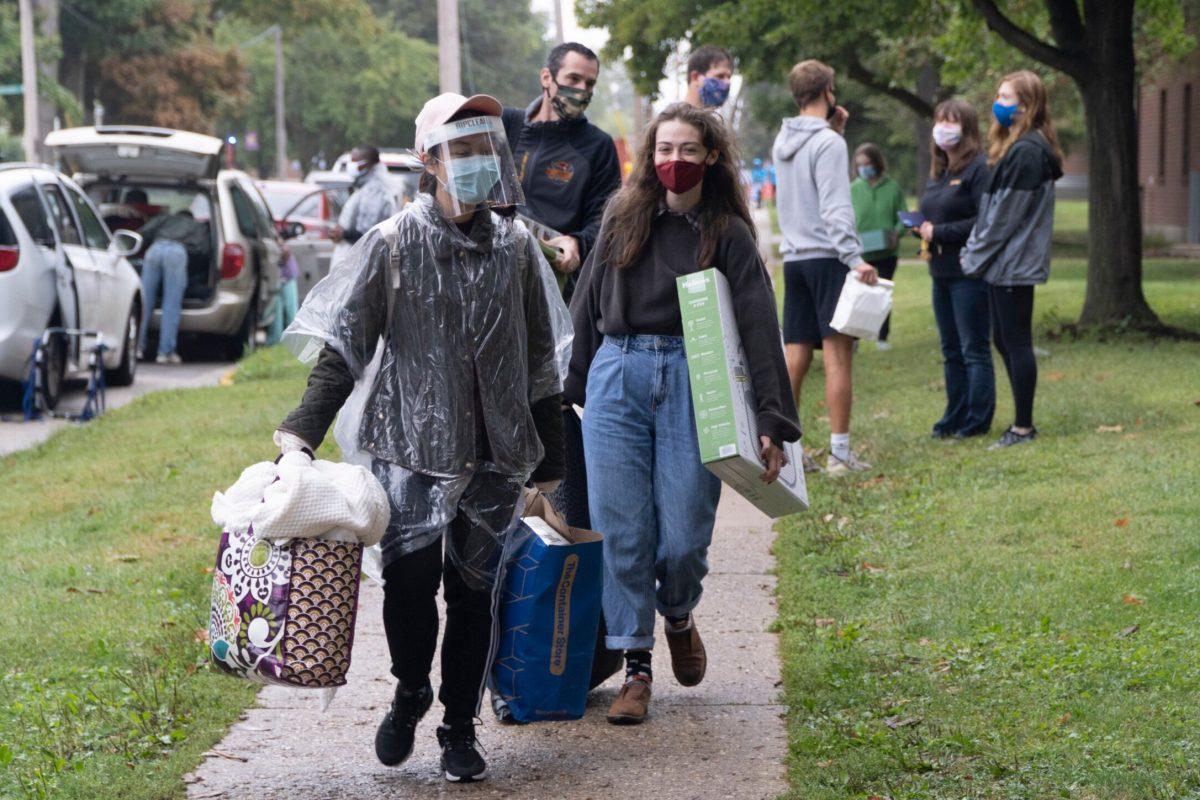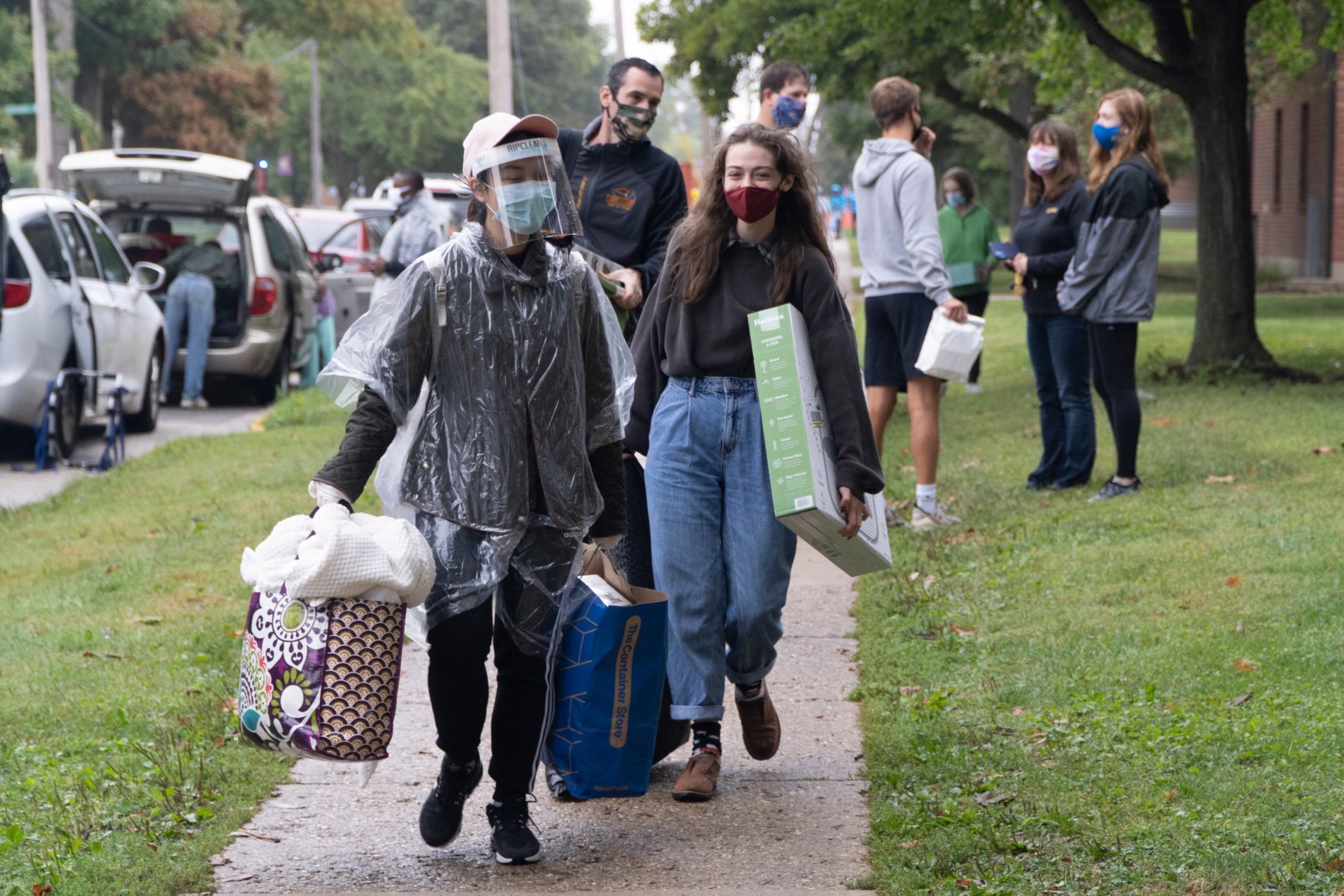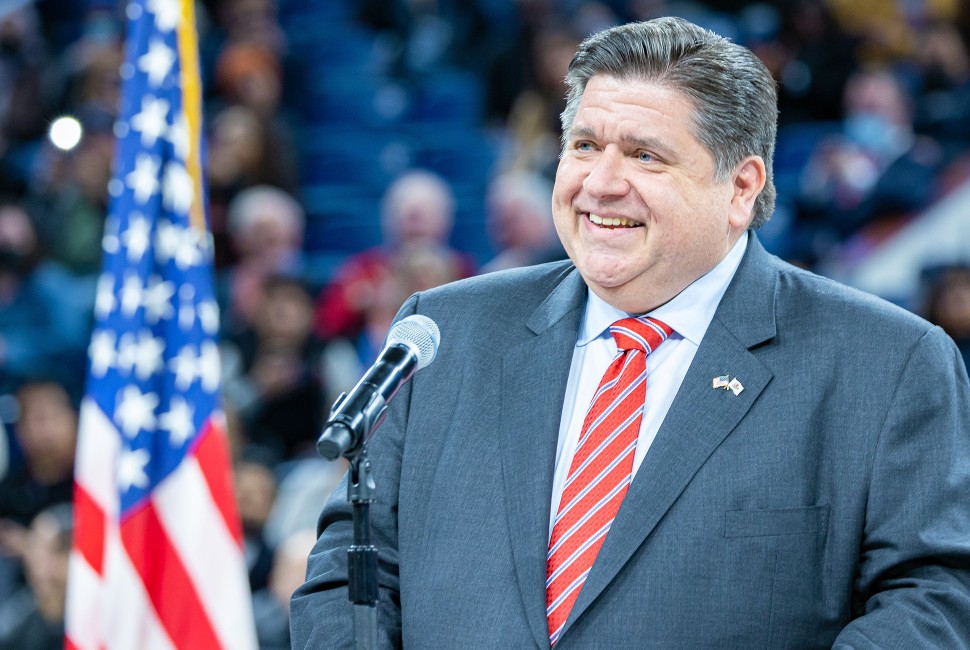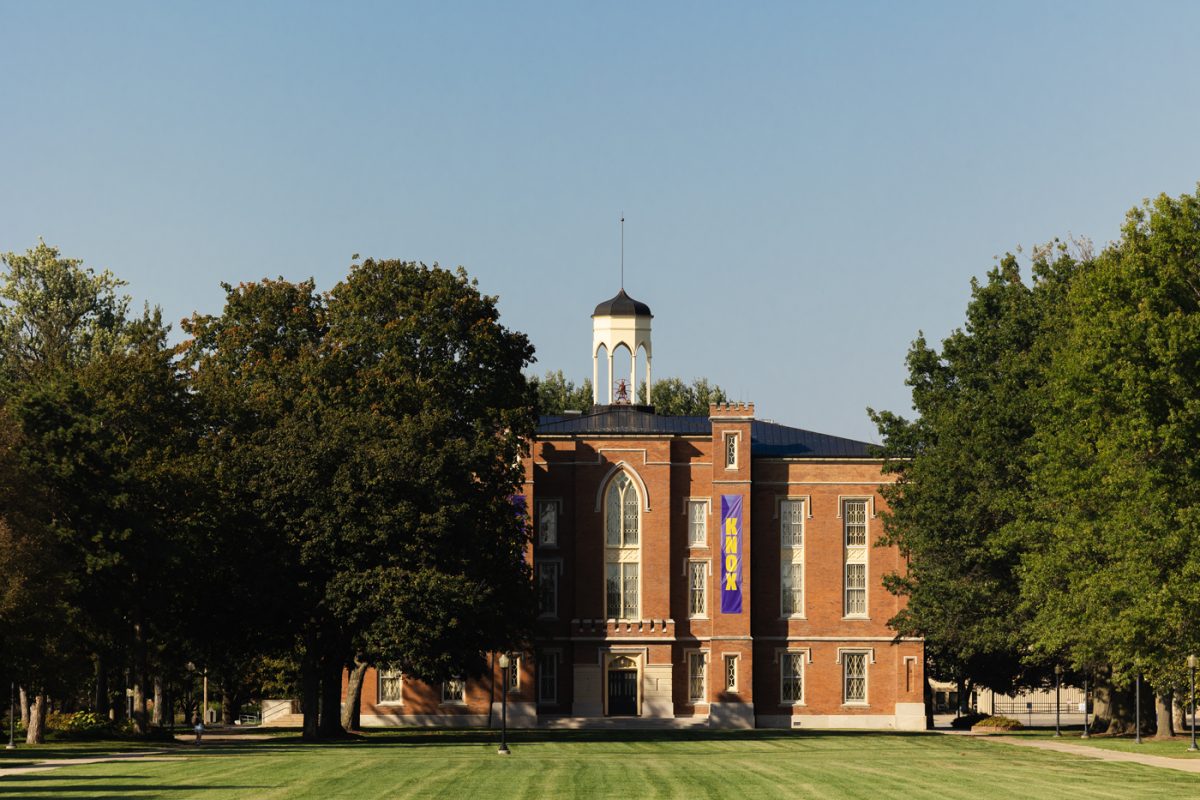Administration sees positive signs despite effects of COVID
In a year of uncertainty, Knox College enrollment and retention rates stayed relatively stable with significant changes mainly due to expected COVID factors.
According to Vice President of Enrollment and Dean of Admission Paul Steenis, Knox gained a total of 302 new students this term — with 274 of them being freshmen, and the other 28 being transfer students. This is an overall hit to previous year’s rates of 343 freshmen and 380 new students enrolled but was expected due to the current pandemic.
However, Steenis notes that “we [Knox] actually ended up slightly ahead of last year when it comes to students coming from the U.S.” Unfortunately, international student recruitment dropped from 64 students last year to only 19 this year. Steenis believes this to be “because of the COVID environment, [and] because consulates and embassies were shut down in the entire world,” in addition to the pandemic creating financial difficulty for many families.
These difficulties also lead to a larger number of students who chose to defer their enrollment, 29 in total. Of these 29 students, slightly under two-thirds of them were international students.
Student retention, on the other hand, managed to stay stable compared to previous years. As stated by Anne Ehrlich, Vice President for Student Development, Knox College maintained a 88.7% retention rate, losing only 132 of last year’s first- through third-year students.
While this statistic does not jump back up to Knox College’s pre-2017 numbers, it stays in line with the past couple years of retention — suffering only a mere 0.67% decrease from 2019 to 2020.
Further analysis by Ehrlich shows that the main demographic of students that chose not to re-enroll were international students, making up 27% of those 132 students. However, she also states that “there is national data on retention, at colleges and universities that we [Knox] compare ourself to, and… international student enrollment at colleges and universities dropped by 11% from fall 2019 to this fall. So we [Knox] actually did slightly better; we didn’t lose an additional 11%.”
While there was a clear impact on enrollment and retention, Knox did better than expected during a pandemic. This likely has to do with the significant precautions Knox has taken and the flexibility given by its later term start date and remote learning options. Ehrlich summarizes this unexpected serendipity, saying, “…Part of my job is generally to predict retention, and I’m usually off by about four students. This year, I was off by about 150, because a lot more students enrolled than we thought.”








